It has >5,000 stores, primarily in malls, across North America, Europe, and Australia.
The business has struggled to modernize, hurting its financial and stock performance.
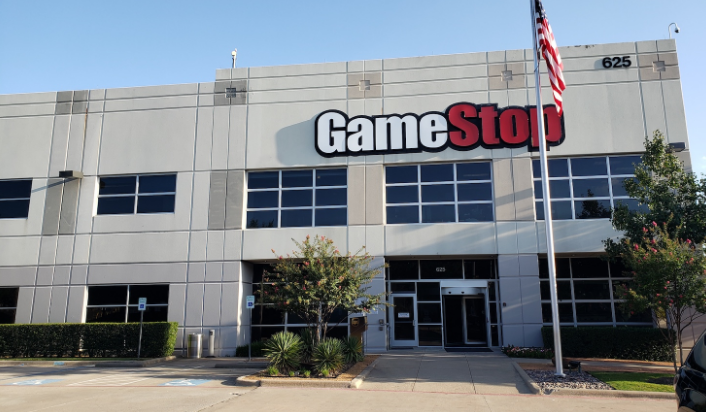


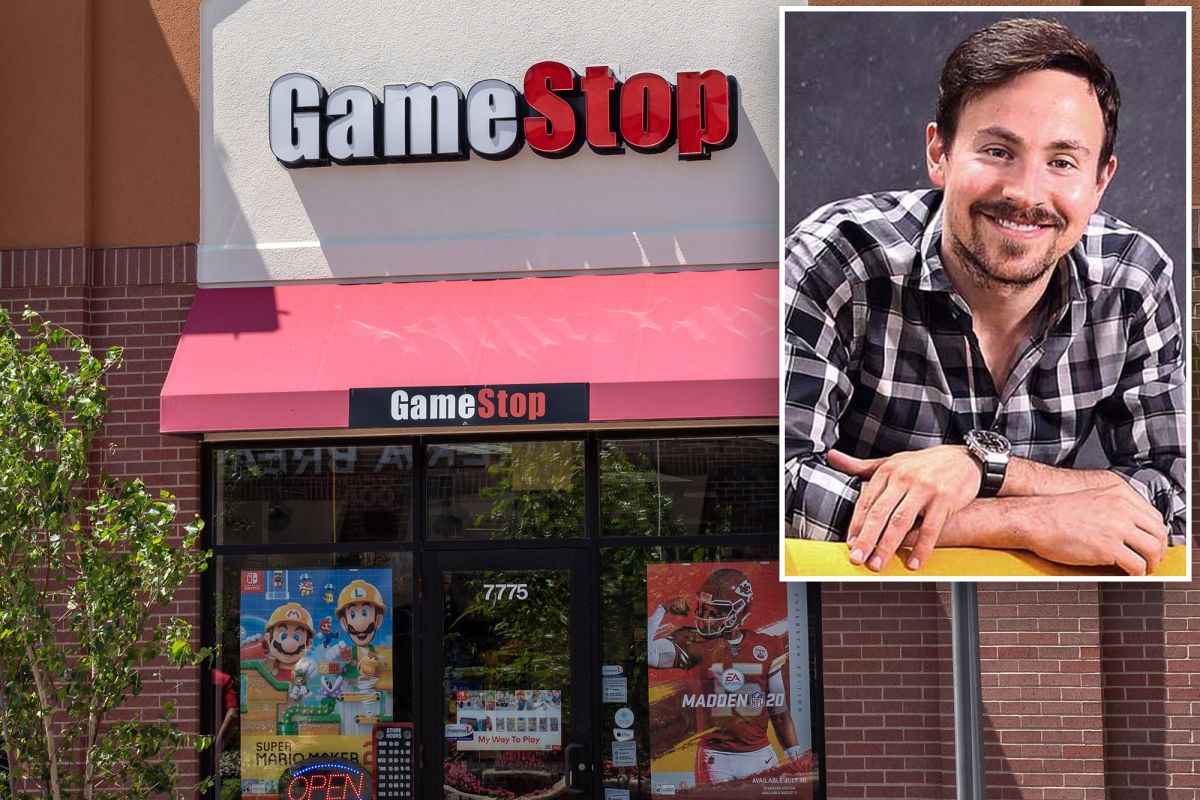
Short Squeeze 101
— Sahil Bloom (@SahilBloom) August 5, 2020
If you follow financial markets (or if you watch Billions), you've heard the phrase "short squeeze" used quite frequently.
But what is a "short squeeze" and how does it work?
Here's Short Squeeze 101!
\U0001f447\U0001f447\U0001f447
1/ Options 101 - Call Options
— Sahil Bloom (@SahilBloom) July 14, 2020
Over the last few months, with the rise of Robinhood and the day trading boom, options trading has been featured prominently in the news (for better or for worse).
But what is an option and how does it work?
Here\u2019s Options 101 - Call Options! pic.twitter.com/wH6IijE7wf
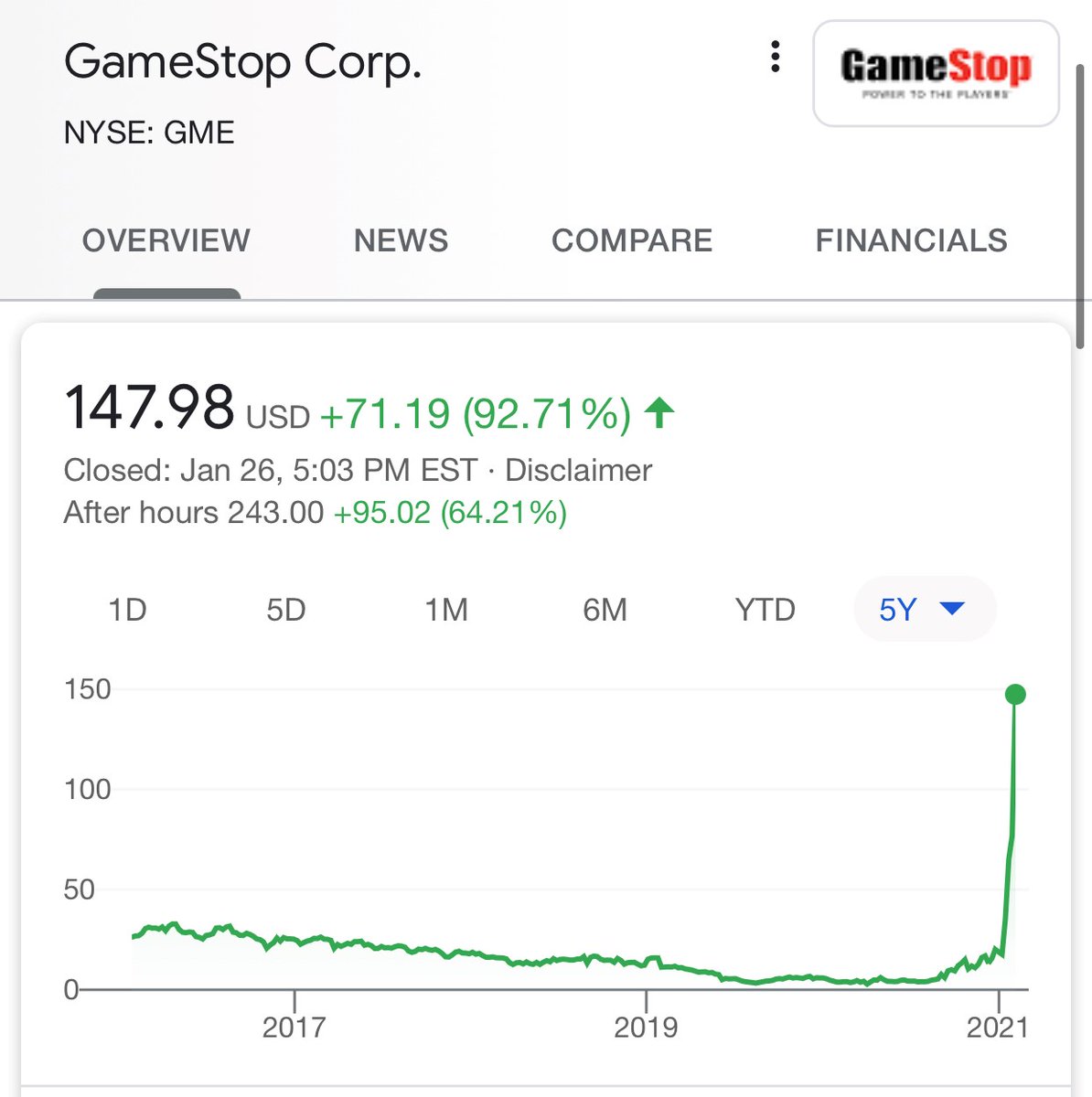
If you're out of the loop - this is the (hilarious) story of a subreddit (wall street bets) taking down a multi-billion dollar hedge fund... get your popcorn ready \U0001f37f
— Shaan Puri (@ShaanVP) January 26, 2021
1/ An Allegory of Finance
— Sahil Bloom (@SahilBloom) July 18, 2020
I have been posting a lot of educational (and humorous!) threads on finance, money, and economics.
My mission is simple: to demystify these concepts and make them accessible to everyone.
All of the threads can be found below. Enjoy and please share!

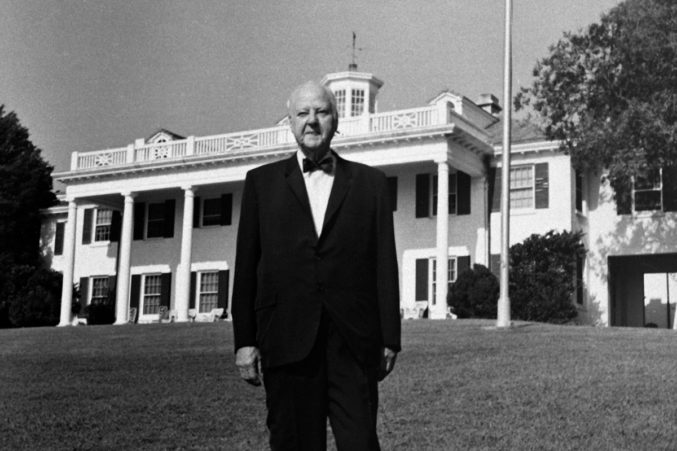
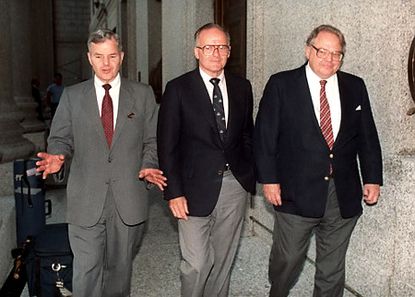
Stagflation 101
— Sahil Bloom (@SahilBloom) September 2, 2020
The term "stagflation" is used frequently in discussions of monetary policy and risks in the post-COVID world.
But what is stagflation and how does it work?
Here's Stagflation 101!
\U0001f447\U0001f447\U0001f447 pic.twitter.com/at4FmaCmkM

Useful concept: the media stack for content creators
— balajis.com (@balajis) January 20, 2020
- Spotify, iTunes for podcasts
- Descript for podcast editing
- Figma, Canva for graphics
- YouTube for video
- Twitter, FB for distribution
- Substack for newsletters
- Makerpad for nocode
- Ghost, Medium for blog
What else?
As someone\u2019s who\u2019s read the book, this review strikes me as tremendously unfair. It mostly faults Adler for not writing the book the reviewer wishes he had! https://t.co/pqpt5Ziivj
— Teresa M. Bejan (@tmbejan) January 12, 2021